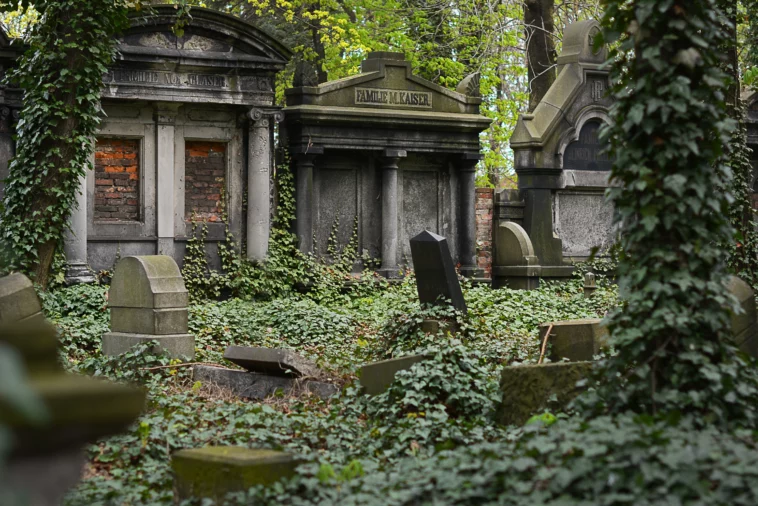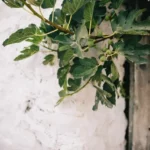Table of Contents
Introduction
There are many different types of ivy, some of it is a useful ground cover, and other types will climb up to 100 feet in height.
Hedera helix or English ivy is one of the better-known types of groundcover ivy found across the United States.
It is extremely hardy and will grow in partial to full shade, and has average water needs.
Nothing much attacks it and that makes it very popular, as we don’t really need to give the ivy any special attention, and can just leave it to grow over our ground and buildings.
Can you grow Types of Ivy Indoors?
Hedera Helix
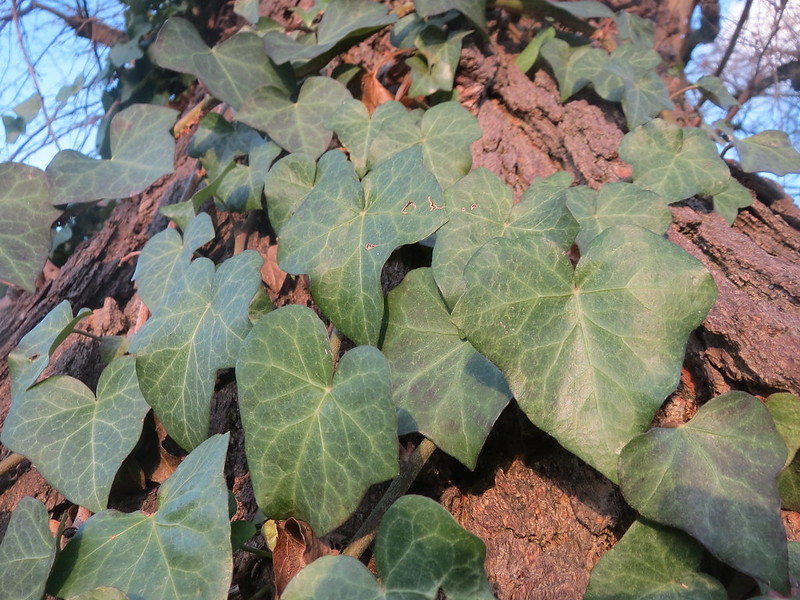
Yes, you can grow ivy indoors, it will probably grow all around your kitchen. Water your ivy once a week with soft water, and this will prevent spider mites from living in it. It likes exposure to the light, but not to bright sun.
The Hedera Helix Ivy, which grows indoors, has deep green leaves and will do best in a humid spot ( maybe in the bathroom).
It grows well in damp conditions, so the bathroom is ideal and there is also a green/ cream variegated variety.
It is amongst the few house plants that actually filter toxins from the air. It grows so prolifically and with so little care that it is now considered to be an invasive species in some places.
Other Types of Hedera Helix
Goldchild Types of Ivy Plant
Has variegated foliage, giving more pronounced color when in moist soils with 8 hours of sunlight. It is an English Ivy plant, but smaller in size than other English Ivy. It has won gardening awards and has won the 2008 Ivy of the year award.
Needle Point
Another type of Ivy plant with dark green foliage and pointed lobes. Looks like a dense carpet when used as a groundcover.
Ivalace
Has unusual lacy-cupped shaped leaves, and grows well indoors, reaching a height of about 3 feet. It is popular in the USA and won the 2011 Ivy of the Year title awarded by the American Ivy Society.
Tripod
One of many types of ivy plants is dark green, each leaf has three lobes, an unusual plant, making an interesting indoor plant.
Golden Curl
Another type of ivy plant, has variegated foliage and curly leaves, dark green leaves bordered with yellow, less pronounced than some ivy.
Persian Ivy Hedera (Hedera Colchica)
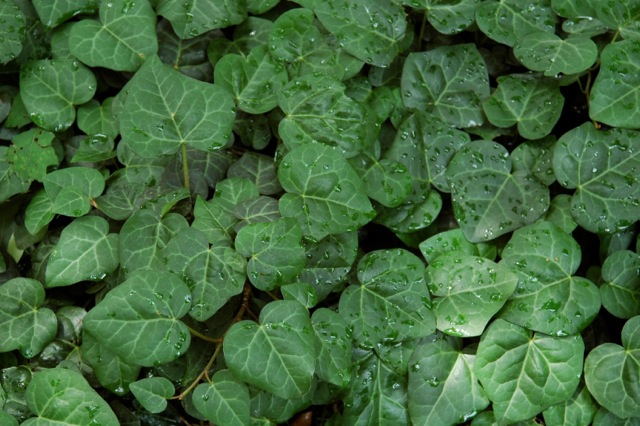
This plant has really large leaves that can be variegated. It can grow up to 40 feet tall and is drought and heat tolerant for part of the time but will do better in shady conditions. It grows quickly and may take over the garden. Remember to prune it.
Irish Ivy (Hedera Hibernica)
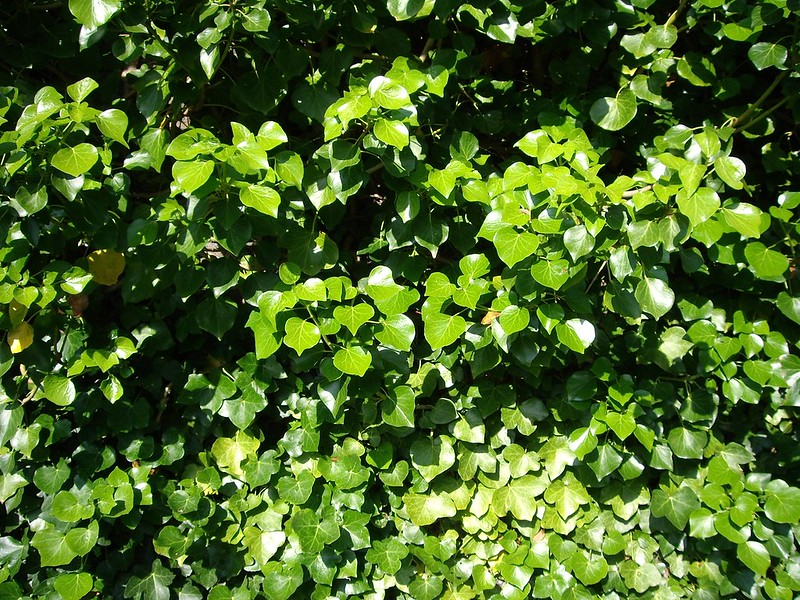
This is closely related to English Ivy, and also has glossy deep green leaves. It is a prolific grower and will grow up to 100 feet high, liking well-drained soil and full shade.
It produces flowers and berries making it a bit different from many types of ivy. It grows wild in Ireland as it thrives in the moist soil. The flowers are yellow and bloom in September producing black berries that are poisonous to people.
Japanese Ivy (Hedera Rhombea)

Is another type of ivy from East Asia where it grows in the woods. It is always green and can work equally well as a ground cover if there is nothing for it to climb over.
The stems of the plant are a deep purple giving a nice contrast. This plant produces green-yellow flowers.
Russian Ivy (Hedera Pastuchovii)

Has dark foliage and grows in partial shade with average water needs. It is hardy and a good climber
Swedish Ivy
This is a green or variegated ivy native to Australia, Africa, and India, with both green and variegated varieties. It prefers bright indirect light. It is quick growing and will grow indoors and climb up a trellis.
Hedera Helix (Glacier Ivy)

A type of ivy plant bred in England for indoor growing. It will grow outdoors, making a strong ground cover. It has variations of green and cream and likes both shade and six hours of sunlight a day.
Use a well-drained potting mix and don’t overwater your plant. It will look nice when trailed out of hanging baskets in a covered area.
Hedera Dentate Aurea
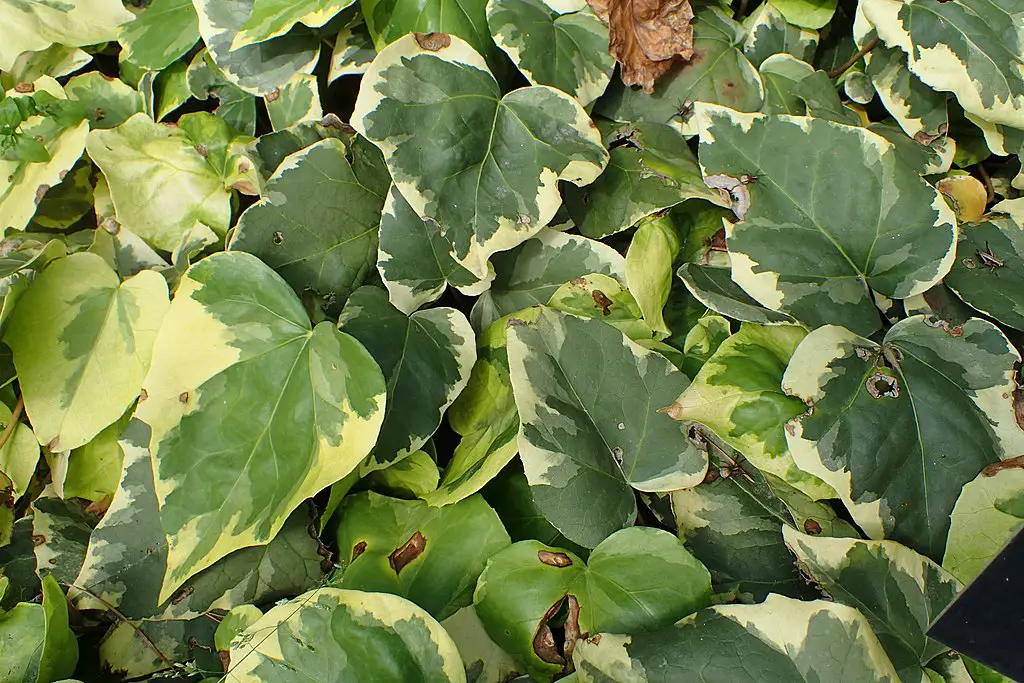
This type of ivy has thin green leaves with cream and pale green markings. The young growth is yellow and it is often used as a wall plant and will grow around 6 feet up. It is hardy and likes sun and shade, water regularly.
Hedera Canarienisis
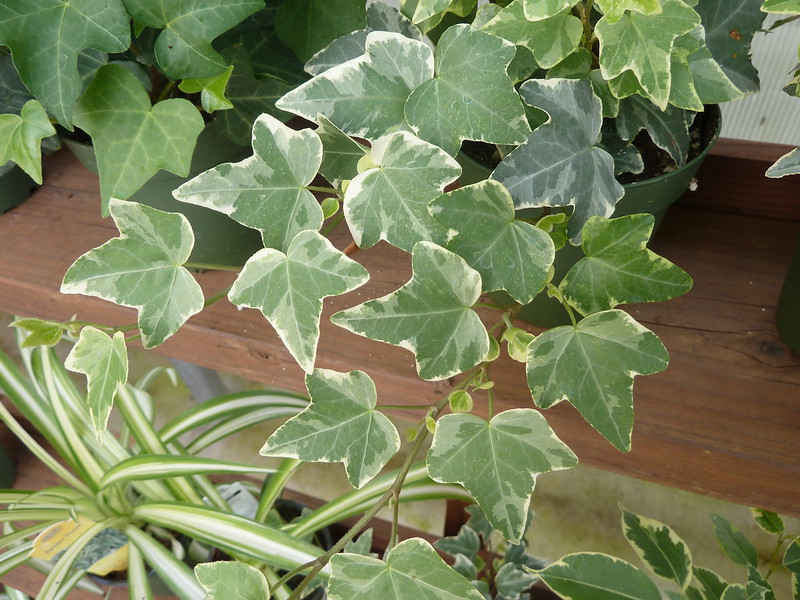
This is the Canary Island Ivy an evergreen climbing ivy with bright green big leaves. It is hardy and requires little maintenance. The leaves turn a shade of bronze-green in winter making it interesting to the home gardener.
Prune it back in Spring and Summer but not during Autumn. It likes partial shade and moisture and sometimes gets leaf spot.
Parthenocissus tricuspidata (Boston Ivy)
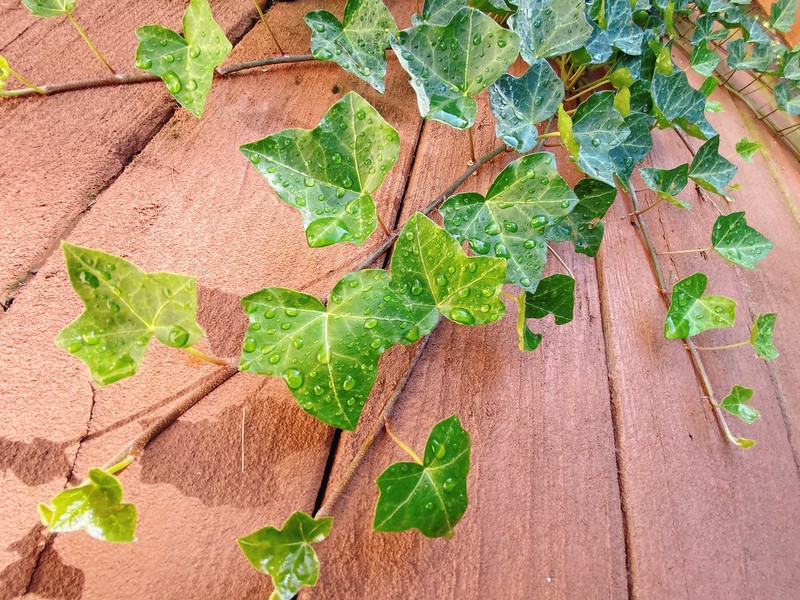
Is a Japanese Creeper, I Always thought it was an ivy plant, climbing the walls of so many beautiful old buildings in the USA, and in fact, this is how Ivy League Universities get their nicknames.
This plant changes color in the fall looking beautiful in different colors and is deciduous, but not a true ivy plant.
However, if you are growing a Boston Ivy outdoors, the sort that climbs up a wall, it will need some light to give it that color it gets in Autumn when the leaves are changing, this one won’t do well inside the house as it is an outdoors creeper that likes all seasons.
Conclusion
There are so many different types of Ivy, and some of them aren’t classified as real ivy, but just beautiful creeping vines. The ivy plant is a great plant to grow because it is hardy and will never disappoint you by giving up easily.
It is indeed, encouraging to have something in a pot that keeps thriving and climbing whatever we do to it.
